I think I have both B. filamentosum and B. capapretum now. Before it happened, I kept looking to all kind of piraiba-supposed fishes on the market, and take some specimens, just to satisfy my curiosity about this fish.
IME, my conclusion about difference between B. filamentosum and B. capapretum when juvenile:
1. Barbel length: less reliable as a clue, because it can be vary due to condition of the fish itself. But, let's say when in undamaged shape, B. filamentosum at size 4'' has very much longer barble, than B. capapretum at same size. My B. filamentosum has 8'' barbel lenght at size 2.5'' and it keeps growing until now, I think its barble now around 12". My B. caparetum just has barble as long as its body TL at time when I bought it (4'' fish, undamaged shape), and now it seems it doesn't grow more longer.
2. Black spots: less reliable as a clue, because B. capapretum can also has small size of spots, when it feels comfort. My B. capapretum, suddenly changed its appearance after I took home, got lighter base color, and smaller spots than in previous condition (my current tank pH 5,5-6, water temp 31-32 celsius) . But, when it get stressed, my B. capapretum will suddenly came back to "big spot appearance". In B. filamentosum, you won't experience such events, B. filamentosum's is stable fish anyway, never change in appearance due to its mood, no matter how bad it get stressed, the size of spots and the body color won't change. Also just like Wes said, yes it's true that B. filamentosum isn't skittish, the opposite (most) of B. capapretum.
3. Mouth shape: reliable clue as a distinction, when you look at the mouth (front angle), you can see it clearly, both of lower jaw and upper jaw in B. capapretum (also smiling W-shape mouth), but in B. filamentosum you can only see its upper jaw (straight-horizontally upper jaw).
4. Head shape? I'd say it less reliable also, because I have one B. capapretum that its head shape similiar to B. filamentosum.
5. My own version, another clue that can easily spot as distinction when juvenile, is the pectoral and dorsal fin color, my juvenile B. filamentosum has very dark (even black) pectoral and dorsal fin color, and never change since 2.5'' size. The opposite of B. capapretum that has white/light grey pectoral and dorsal fin color.
Here some pic of my B. filamentosum, maybe you can notice my conclusion on it:
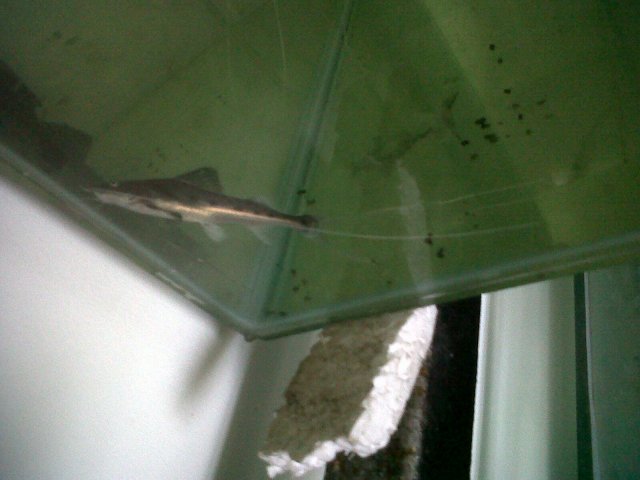

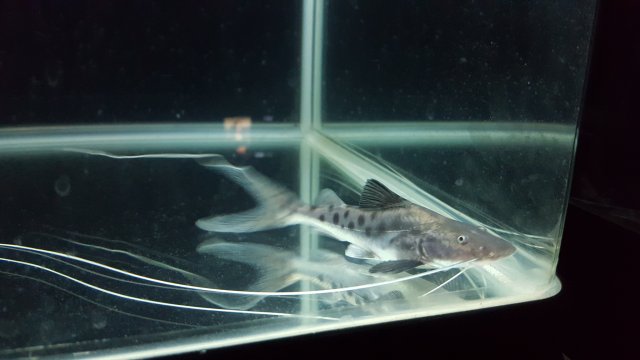
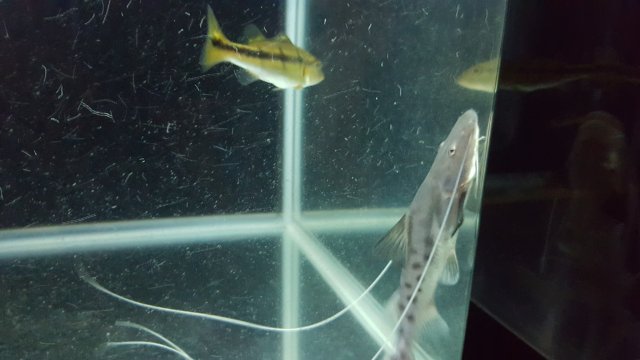
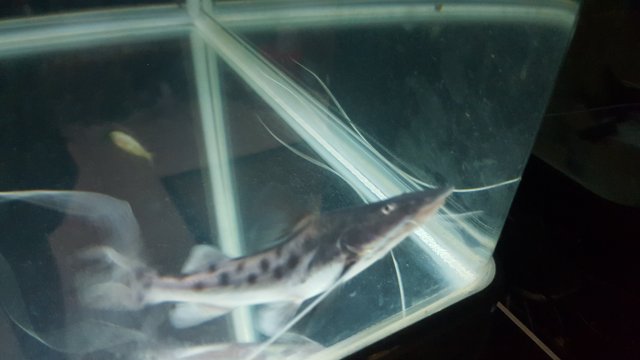
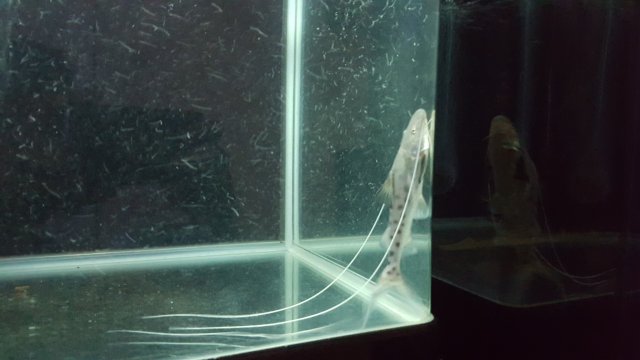
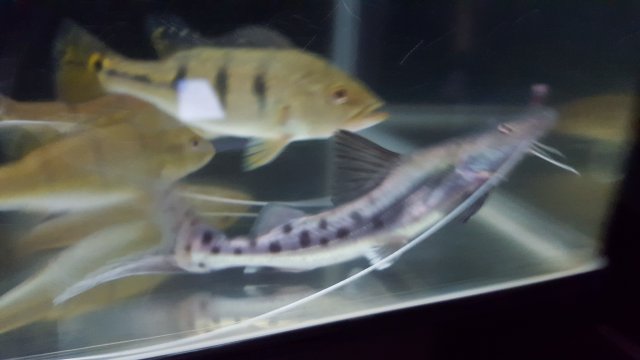
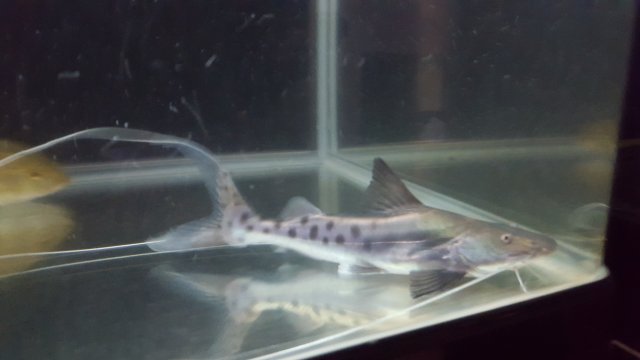
(notice that pbass growth and piraiba spots distribution, all above are pics of the same fishes that taken at different time, my conclusion is, no matter how fast piraiba grows, it still can't outgrows C. temensis and C. kelberi LOL)
And here there are my B. capapretum(s):
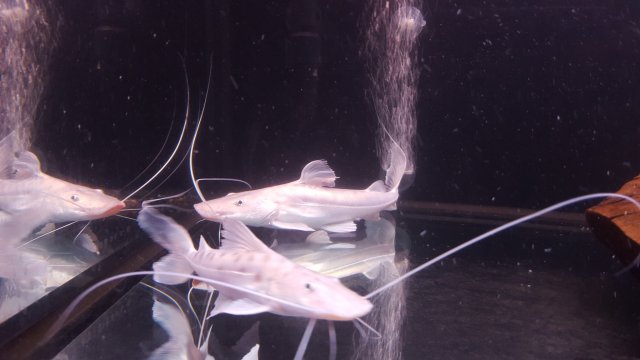
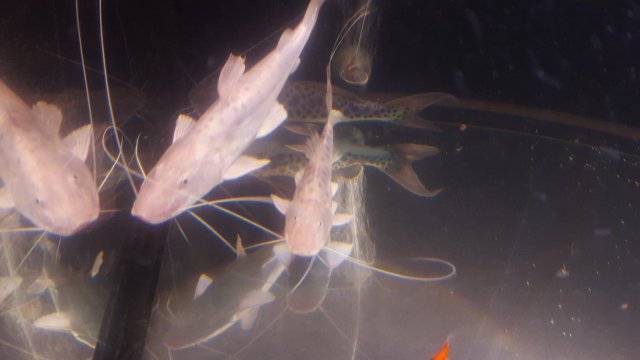



![IMG_5093[1].JPG IMG_5093[1].JPG](https://www.monsterfishkeepers.com/forums/data/attachments/931/931694-36d86559a9a4f4dc5b7ac45c324507a8.jpg?hash=NthlWamk9N)










